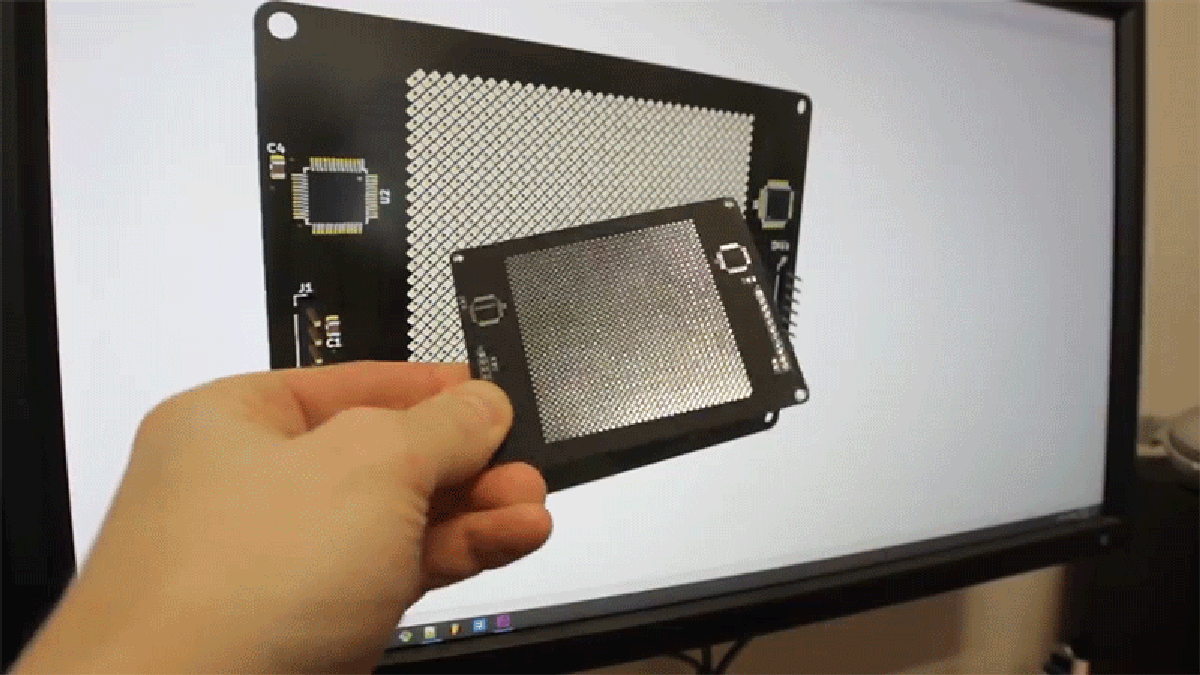https://gizmodo.com/hardware-hacker-designs-and-builds-his-own-digital-came-1840724623

Making your own digital camera sensor isn’t as complicated as you’d think, as YouTube hardware hacker Sean Hodgins discovered. But you’ll need a solid understanding of electronics, an immense amount of patience, a steady soldering hand, and very low expectations of how your homebrew hardware will perform.
The general idea of how a digital image sensor works is relatively simple: a dense grid of light-detecting photosites captures millions of pixels worth of intensity and color data about the photons hitting them. But making a sensor with millions of these light-detecting pixels that’s small enough to fit inside a slim smartphone is what separates Hodgins’ creation from what companies like Sony are mass-producing in cutting-edge factories.
With a resolution of just 32×32 pixels, Hodgin’s digital camera sensor is roughly 12,000 times less detailed than the sensor you’ll find in the average smartphone camera, and it even performs worse than the famously low-res Game Boy Camera accessory. But even so, it’s still a remarkable accomplishment because in order to create this sensor Hodgins had to hand solder 1,024 ALS-PT19 phototransistors to a custom PCB board he’d designed. That’s a test of patience far beyond what most of us could ever endure.
The custom PCB board also incorporates a pair of 32-bit analog multiplexers and a microcontroller, which is how light intensity readings are captured by each phototransistor, one by one. This process happens almost instantaneously on a digital camera or smartphone featuring a powerful processor, but Hodgin’s creation takes roughly five seconds to take measurements from every pixel on the sensor, which means both the hardware and the subject being photographed can’t move while an image is being captured. It’s about as low-tech as a digital camera can get, but this is how the powerful digital shooters we all use now started life—except Hodgin doesn’t have a multi-million dollar R&D lab full of electronics and machinery at his disposal. He did it the hard way.
via Gizmodo https://gizmodo.com
December 30, 2019 at 09:54AM
